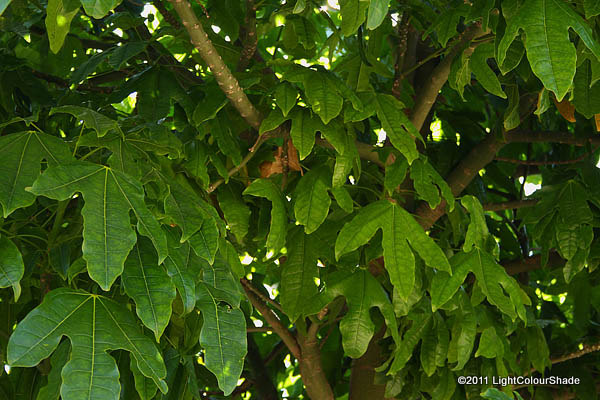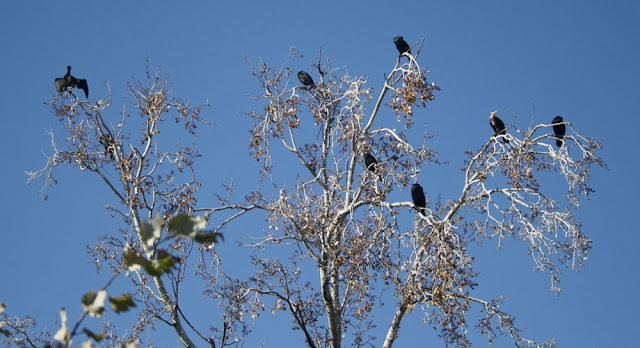"Nothing will benefit human health and increase chances of survival for life on earth as much as the evolution to a vegetarian diet." (Albert Einstein.)
Well, this one is about food, or better say, about some of my favourite foods.
Needless to say, I'm a born vegetarian although I love fish, but my mum used to force me to eat meat (basically free range organic chicken), when I was a child, until after years of persuasion I've managed to bring it home to her that it is unethical and unnecessary to kill living creatures for food (to me, it's not very different from cannibalism) or any other reason unless, of course, we are threatened with starvation or in self-defence.
There're plenty of animal products for those who, like me, don't want to follow strict vegetarian diet: eggs, dairy produce, and since fish is beneficial for the health, I wouldn't rule out limited consumption of fish without endangering the species, which is right the opposite to the common practice. However, today I hardly ever eat fish as it's stuffed with heavy metals and would probably do more harm than good. That's progress!
From the artistic point of view, vegetables are a veritable feast for the camera in their own right — they come in a rich palette of colours and shades.
Romanesco broccoli or
Roman cauliflower, a flower of the species
Brassica oleracea, and is a variant of
cauliflower. What I find most amazing about this vegetable is that it's an epitome of fractality — just look at the logarithmic spirals of its buds.
 |
| Romanesco broccoli. (© 2011 LightColourShade. All rights reserved) |



























